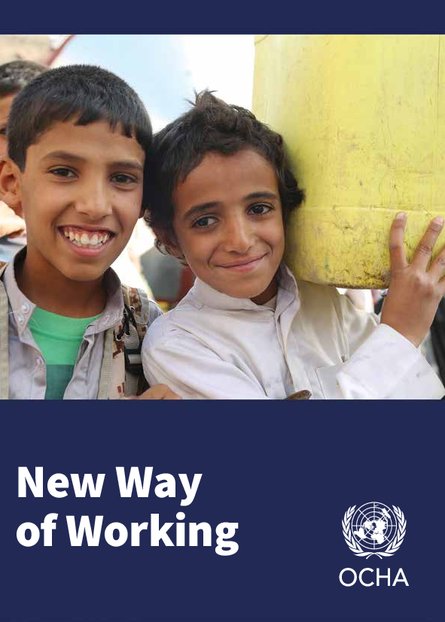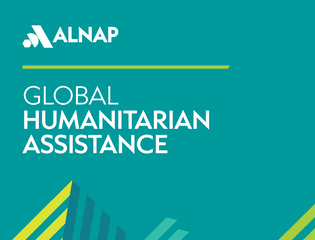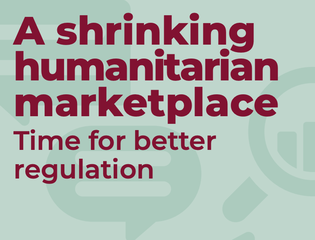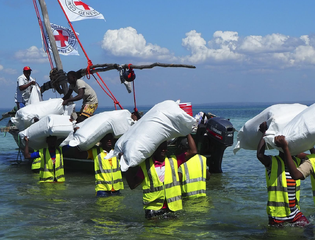
The volume, cost and length of humanitarian assistance provision over the past ten years has grown dramatically, in large part due to the protracted nature of crises. For example, inter-agency humanitarian appeals now last an average of seven years and the size of appeals has increased nearly 400 per cent in the last decade.1 This trend has given new urgency to the long-standing discussion around better connectivity between humanitarian and development efforts. At the same time, the adoption of the 2030 Agenda and the Sustainable Development Goals (SDGs) set out not just to meet needs, but to reduce risk, vulnerability and overall levels of need, providing a reference frame for both humanitarian and development actors to contribute to the common vision of a future in which no one is left behind. Against this backdrop, the largest number of stakeholders at the World Humanitarian Summit (WHS) identified the need to strengthen the humanitarian-development nexus and to overcome long-standing attitudinal, institutional, and funding obstacles.


